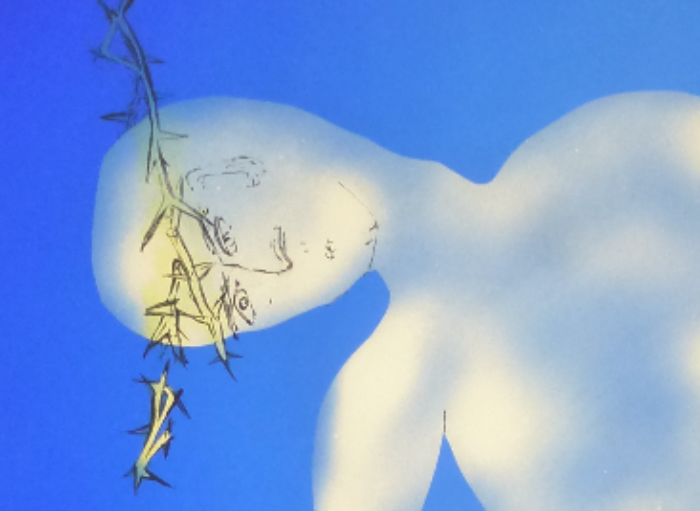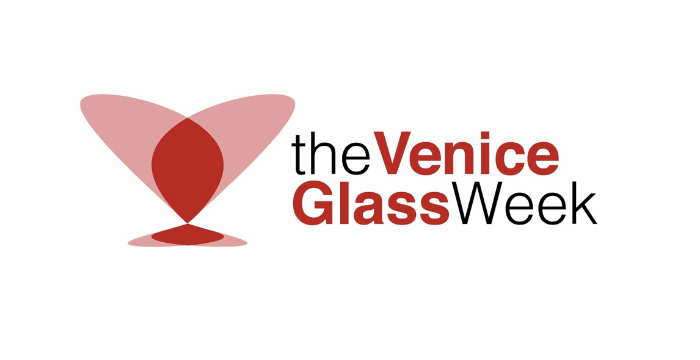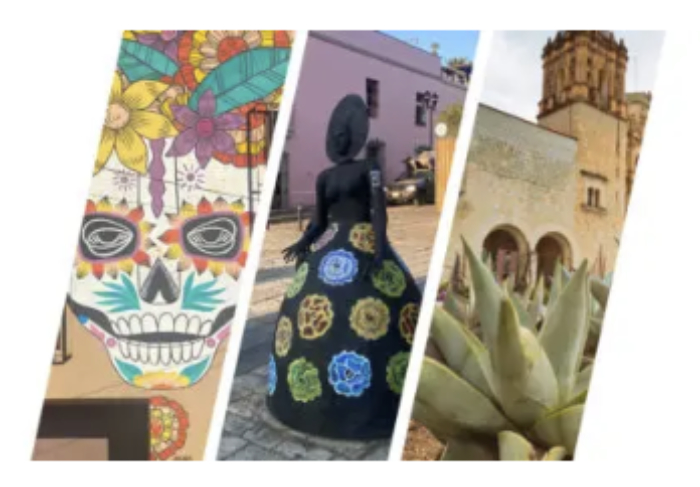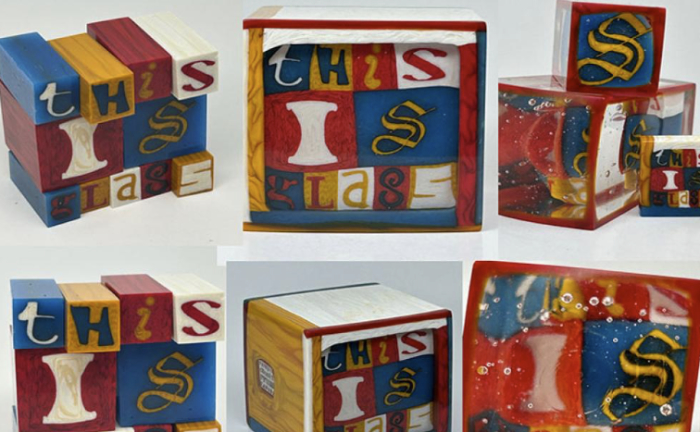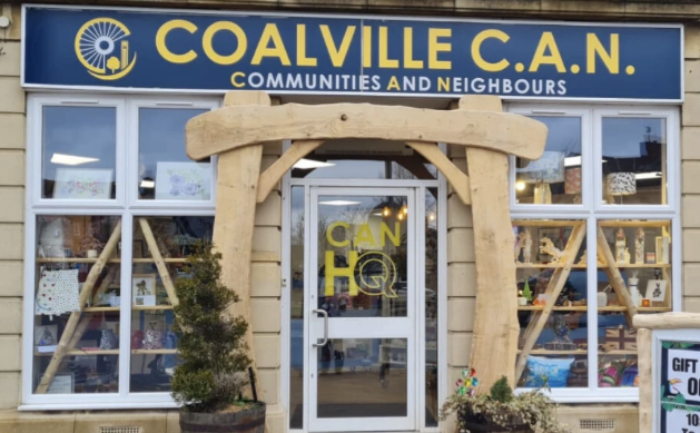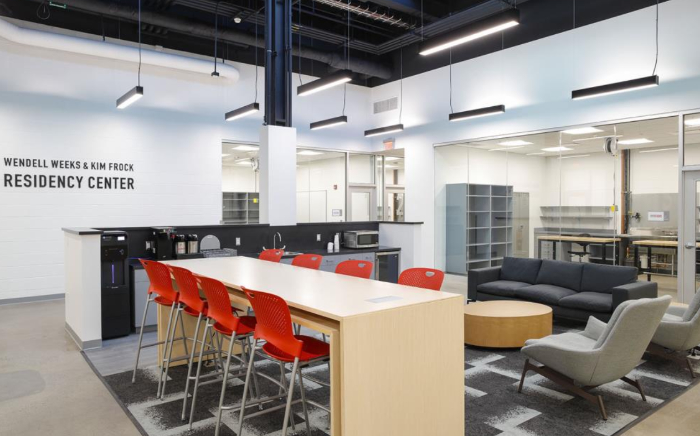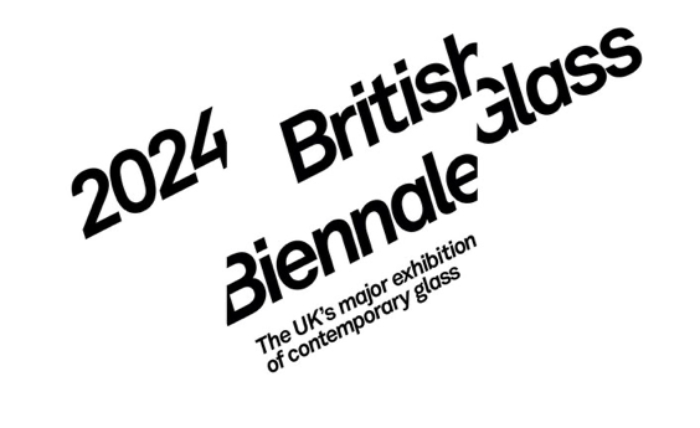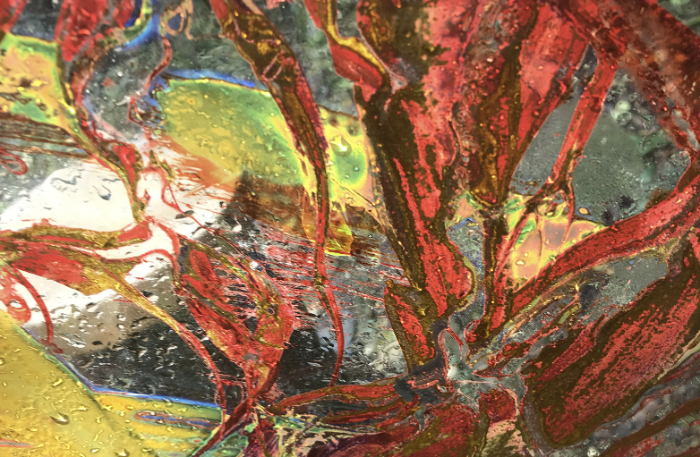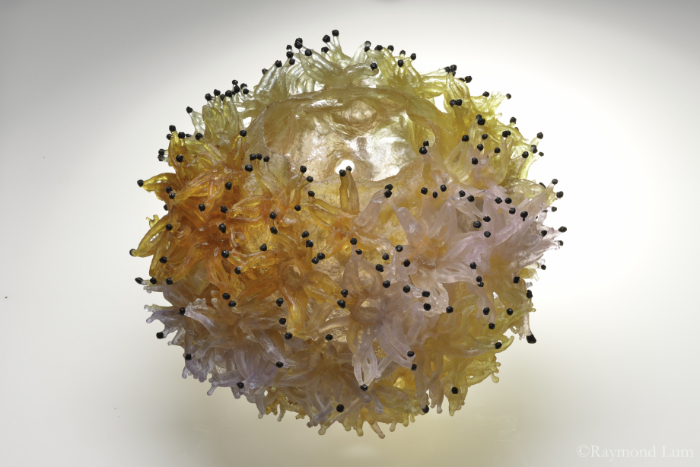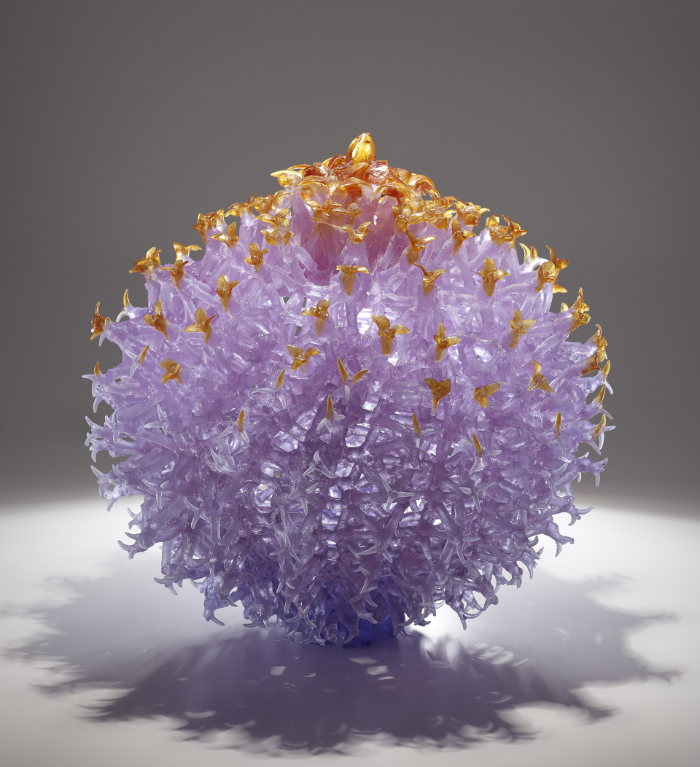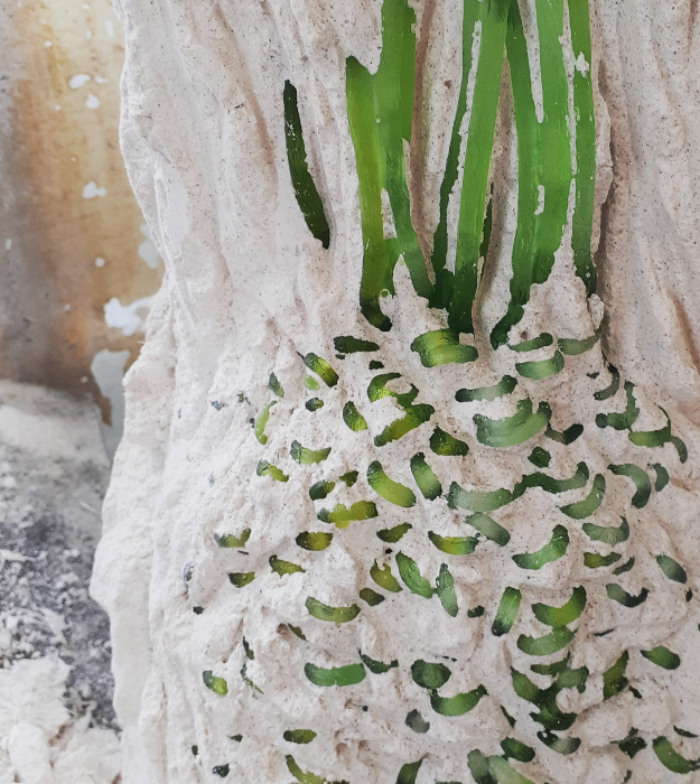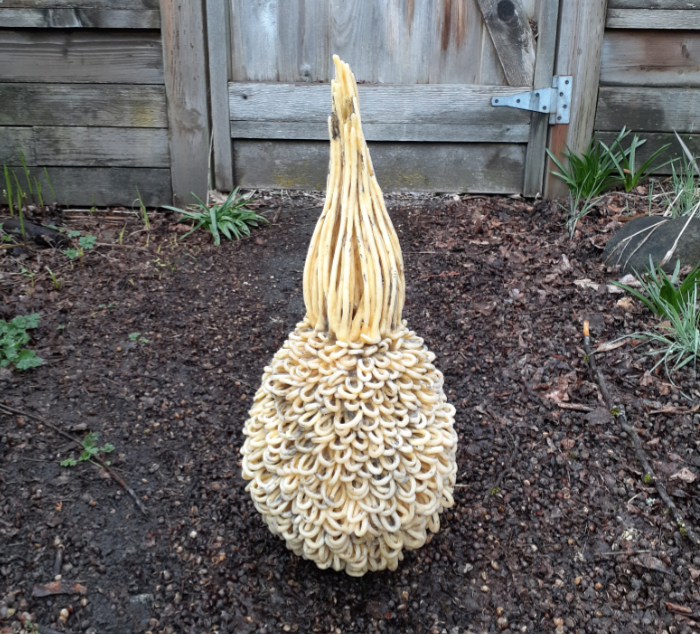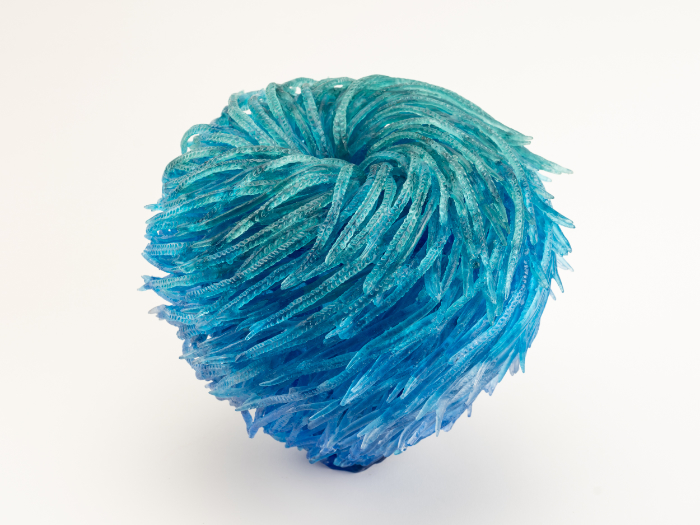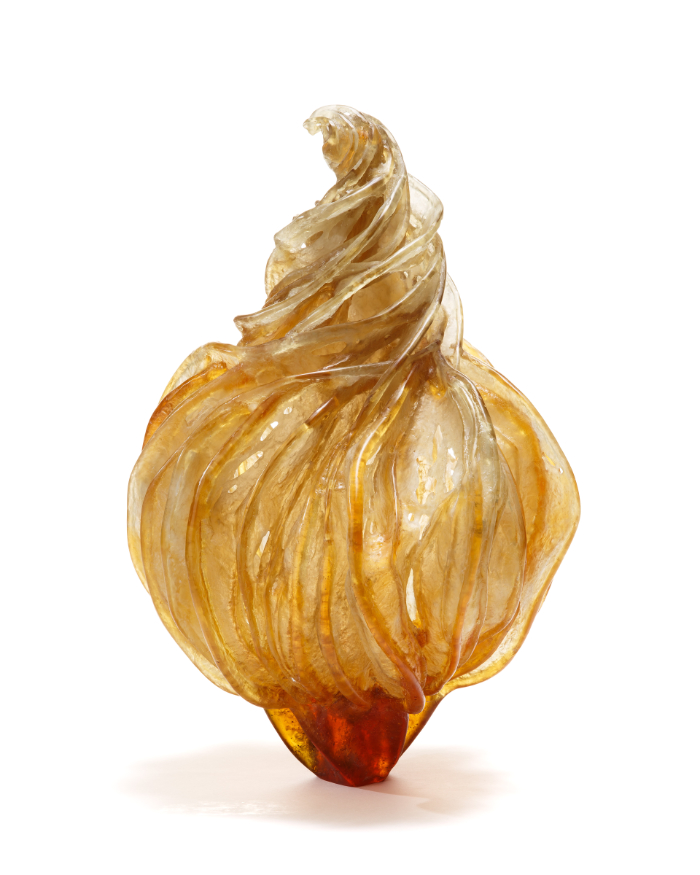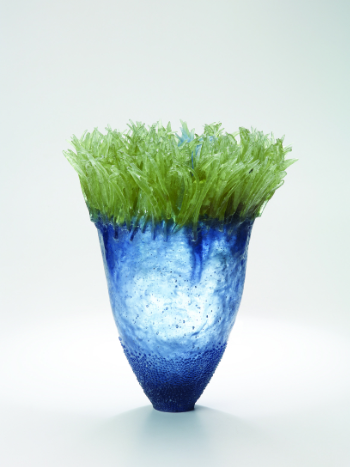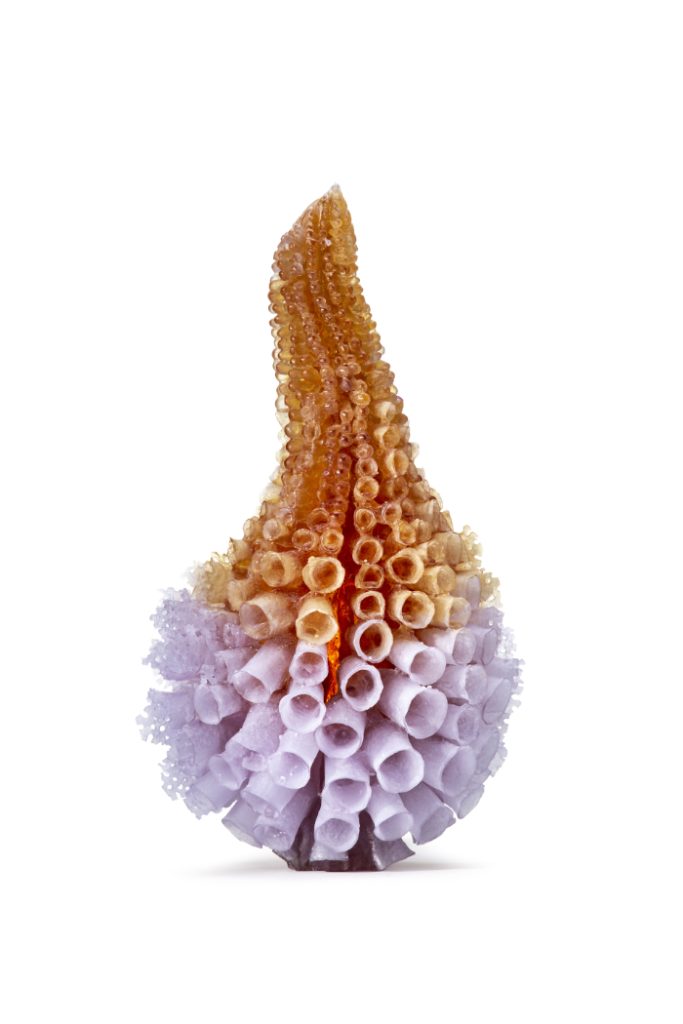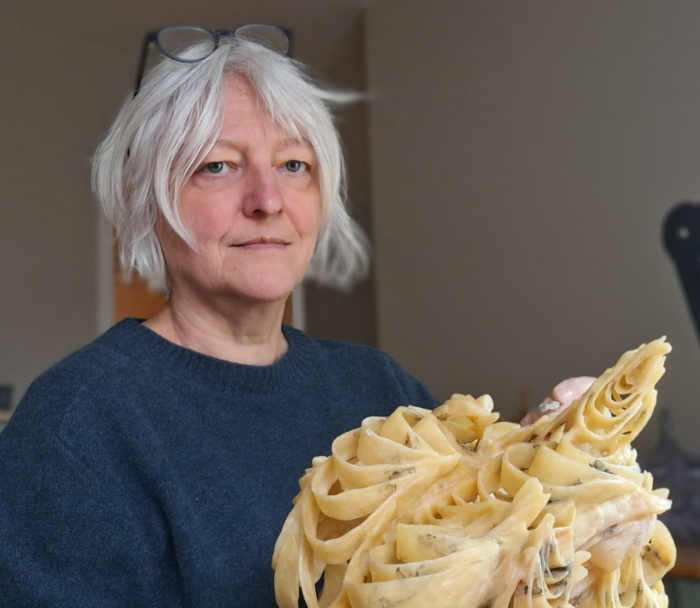The Studio of The Corning Museum of Glass has announced the names of its 12 residency recipients for 2024.
The programmes include Artists-in-Residence; the Black, Indigenous, and People of Colour (BIPOC) Residency; the Instructor Collaborative Residency; the Burke Residency; the David Whitehouse Research Residency for Artists, plus the David Whitehouse Research Residency for Scholars.
The five-week-long Studio residencies aim to empower artists to explore new directions in their work. The research residencies have been awarded to artists and scholars to provide time and resources for in-depth, scholarly research using the collections of The Rakow Research Library and the Museum, plus access to expert staff.
The Studio of The Corning Museum of Glass, in partnership with The Museum of Art and Design (MAD), introduced the biennial Burke Residency in 2020. This residency enables one non-glass artist from the Burke Prize exhibition at MAD to use the glassmaking facilities and resources at The Studio to further their artistic exploration. Santa Fe-based multi-media artist Brie Ruais will undertake the 2024 Burke Residency from 18 November to 13 December.
Residents will benefit from use of the new Wendell Weeks & Kim Frock Residency Center, which is part of a major facility and programme expansion set for completion in late 2024. The Residency Center features seven fully equipped studios surrounding a light-filled lounge.
2024 Residency recipients are:
Alli Hoag (Ohio, US)
David Whitehouse Research Residency for Artists
18-29 March 2024
Alli Hoag is a Toledo-based artist and researcher who works across the mediums of glass, installation, video, performance, and digital technology. She plans to investigate the Rakow Research Library’s extensive collection of Blaschka notebooks and explore the Museum’s Blaschka glass specimens to find source material for transforming microscopic two-dimensional images and surfaces into three-dimensional forms.
Birgit Maixner (Trondheim, Norway)
David Whitehouse Research Residency for Scholars
8-26 April 2024
Birgit Maixner is an archaeologist who specialises in the Northern European Viking Age and material culture of that era. She will use the Rakow Research Library and the Museum’s collections and exhibitions to further her research into Viking-period Middle Eastern mosaic glass beads.
Joe Stadolnik (Illinois, US)
David Whitehouse Research Residency for Scholars
17-28 June 2024
Joe Stadolnik studies medieval English literature and its interaction with natural sciences like astronomy, medicine and alchemy. He will research into two medieval manuscript books in the Rakow Research Library, which combine alchemical reading material with more practical glassmaking texts.
Fatma Çiftçi (Bilecik, Turkey)
David Whitehouse Research Residency for Artists
8-19 July 2024
Fatma Çiftçi is a Turkish artist and scholar currently pursuing a PhD in fine arts and glass at Dokuz Eylul University in Izmir, Turkey. She will explore The Rakow Research Library’s collection, focusing on the use of lustre-painted glass techniques and tracing the existence of lustre-glass technology in medieval stained glass.
Peadar Lamb (Cork, Ireland) and Debbie Dawson (Cork, Ireland)
Instructor Collaborative Residency
9-20 September 2024
Award-winning Irish glass artists Peadar Lamb and Debbie Dawson will work together to explore different methodologies for working with glass. They plan to combine traditional stained glass painting techniques with contemporary processes, firing photographic transfers on to a range of coloured and float glass as they explore historic themes including the connection between Irish people and the Native American Choctaw Nation.
Catie Newell (Michigan, US)
Artist-in-Residence
16 September-18 October 2024
Trained as an architect and fabricator, Catie Newell will focus on developing a series of kiln castings, relying on geometry, thickness and colour to emphasise the difference between light transmittance and absorption, drawing inspiration from the Museum’s collection and The Rakow Research Library.
Ross A Delano (New York, US)
Artist-in-Residence
23 September-25 October 2024
Corning-based artist Ross Delano has been a glassmaker and instructor at The Studio for more than a decade. He will use The Studio’s resources to create handmade glass lighting based on his love of the sky, aviation and space.
Percy Echols II (Pennsylvania, US)
Black, Indigenous, and People of Colour (BIPOC) Residency
23 September-25 October 2024
Percy Echols II is a Pittsburgh-based artist, alchemist, and educator at the Pittsburgh Glass Center. He is also the creator and host of the podcast Taming Lightning, a series of conversations exploring plasma and neon light, the focus of his work. During his residency, he proposes to extend his practice using the hot shop for glassblowing, layering colours, fire polishing and assembly; the cold shop for engraving and finishing,
and the kiln room for electrode fusing and complicated assembly. He will be among the first visiting artists to work in The Studio’s new Neon Shop.
Jason MacDonald (California, US)
Artist-in-Residence
28 October–29 November 2024
Jason McDonald has a passion for historical Venetian glassmaking and uses these techniques to speak about the barriers that BIPOC people face in accessing creative spaces. During his 2024 residency he will develop a new body of work that combines glassblowing, pattern-making, fusing, coldworking and hot-casting to create inclusions.
Runa Kosogawa (Takayama, Japan)
Artist-in-Residence
28 October-29 November 2024
Runa Kosogawa is a Japanese artist whose work is inspired by the small things and events she observes in everyday life, which are easily taken for granted. During her residency she will continue her work creating monochromatic black flowers to direct attention to the lives of people who have been neglected by history. She will also extend her Weaving Life Project 2021 by blowing a series of 40 glass balloons of Pyrex glass, each engraved with the date and place of their creation and suspended by hand-dyed silk threads made with local wild plants.
The Corning Museum of Glass is at One Museum Way, Corning, NY 14830, US. Website: https://home.cmog.org
Image: The new lounge facilities at the Wendell Weeks & Kim Frock Residency Center.
